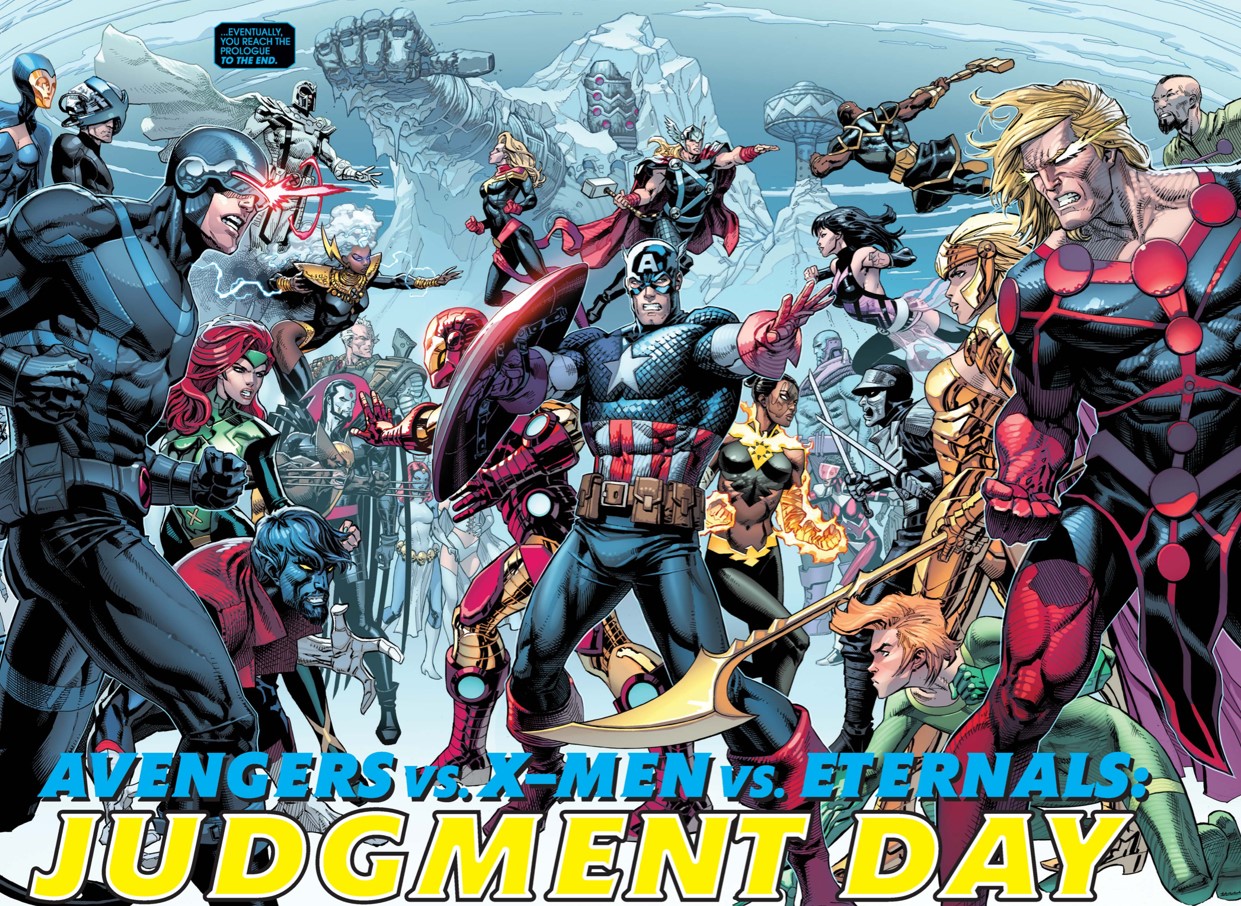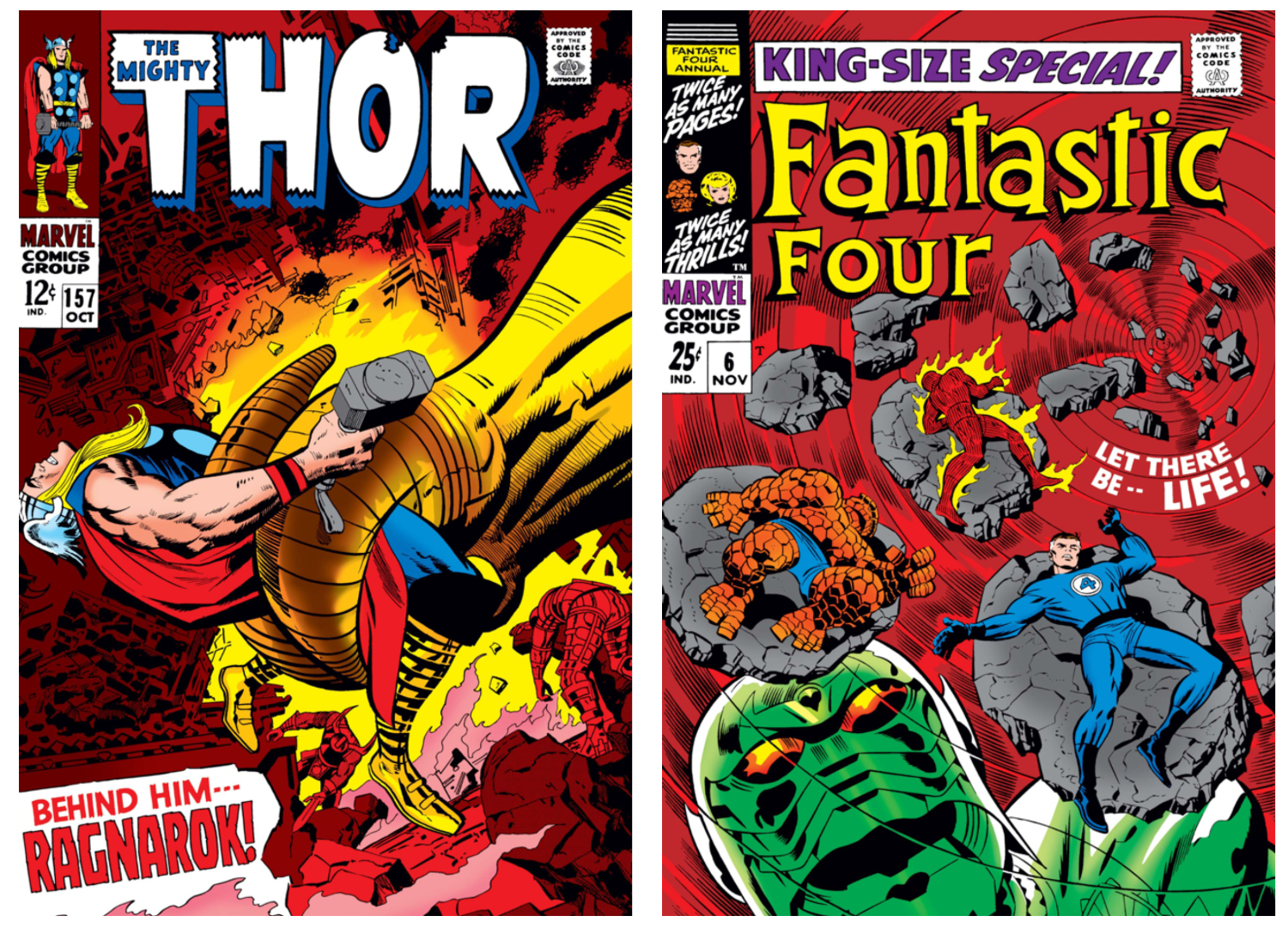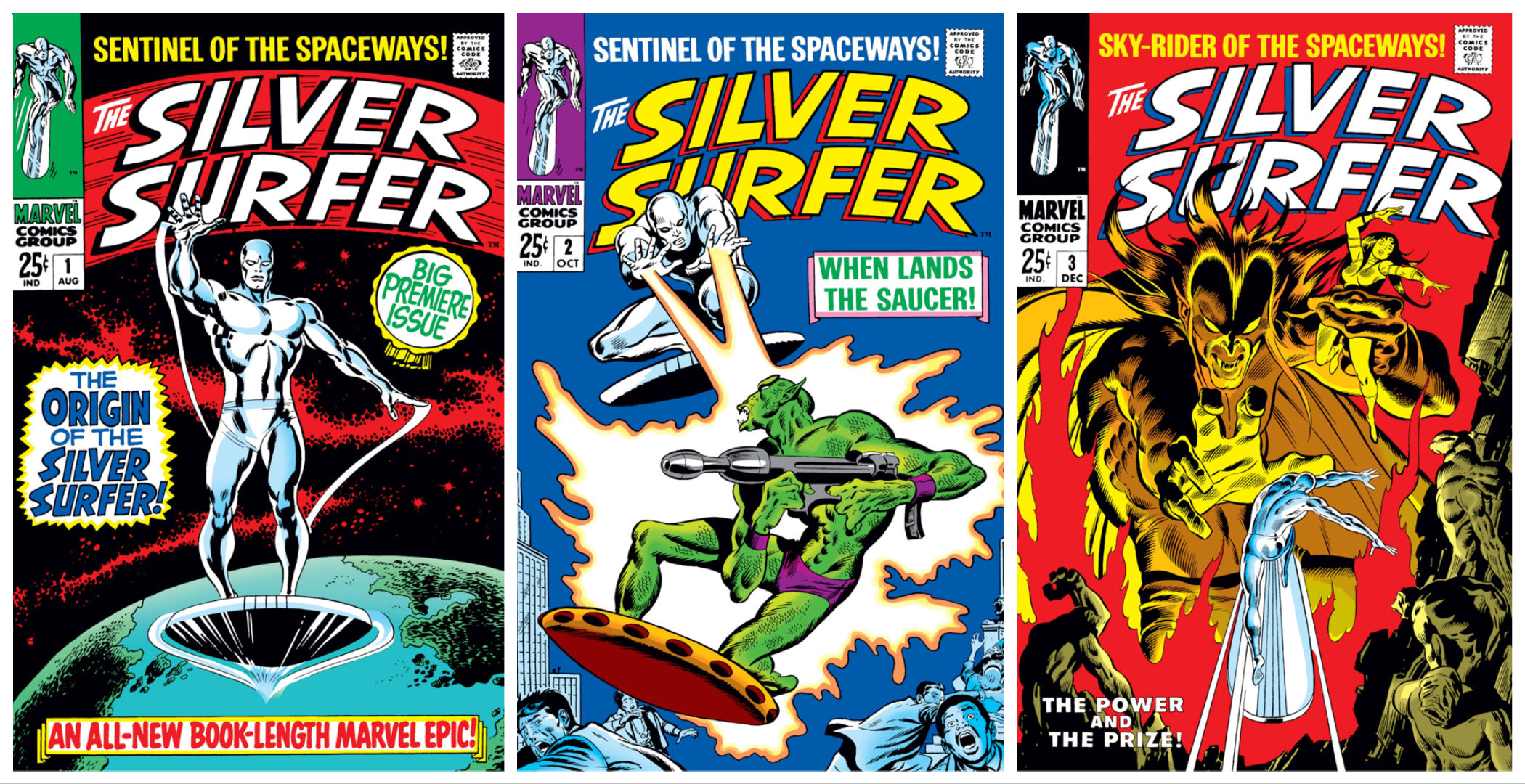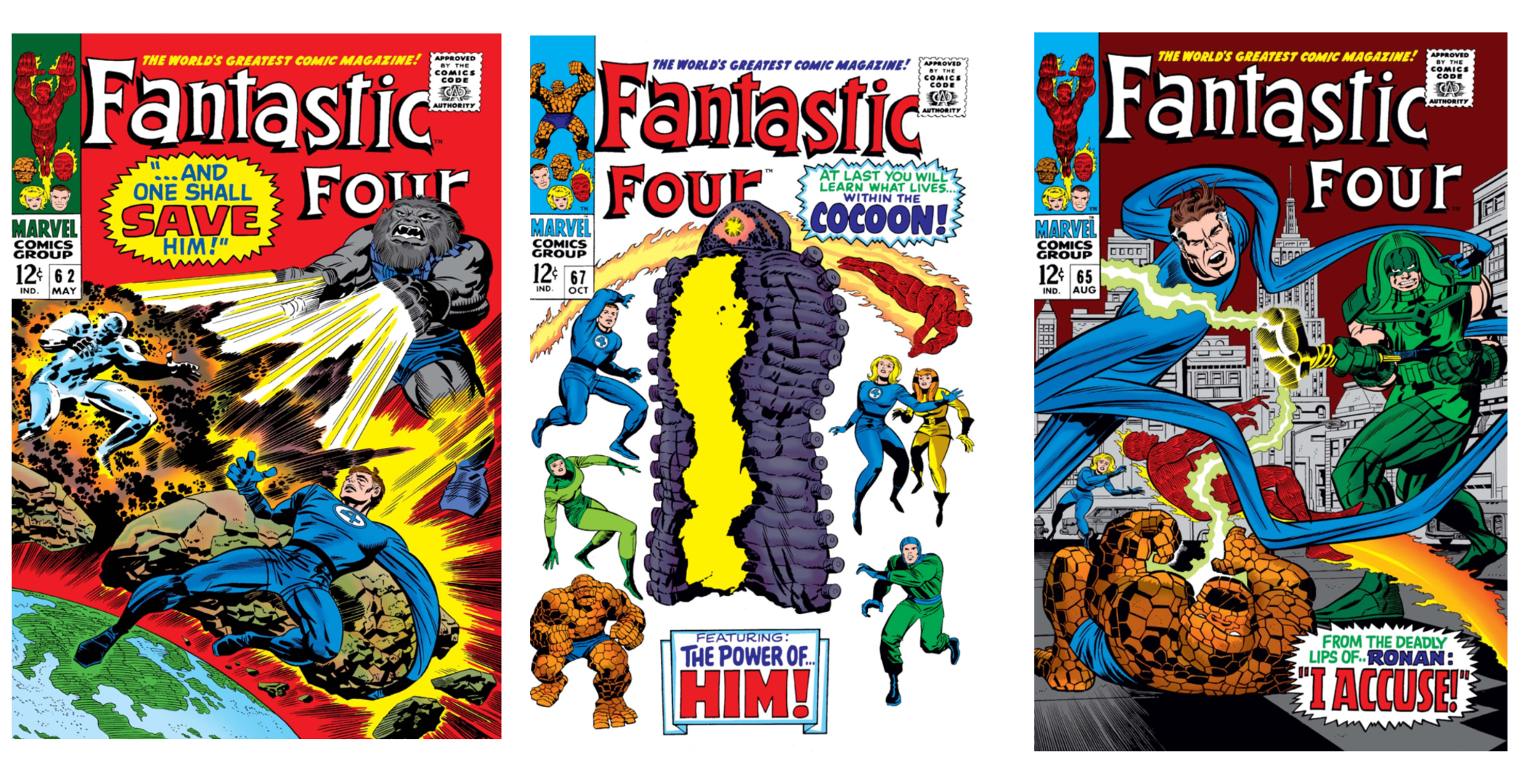
So, we’re narrowing in on what’s already a wealth of material, paring down from 30+ issues with the tie-ins to appreciate the core of this epic story and its most integral side stories, while appreciating the nuances of character, theme and continuity that each storyteller brings to this apocalyptic barnstormer.


